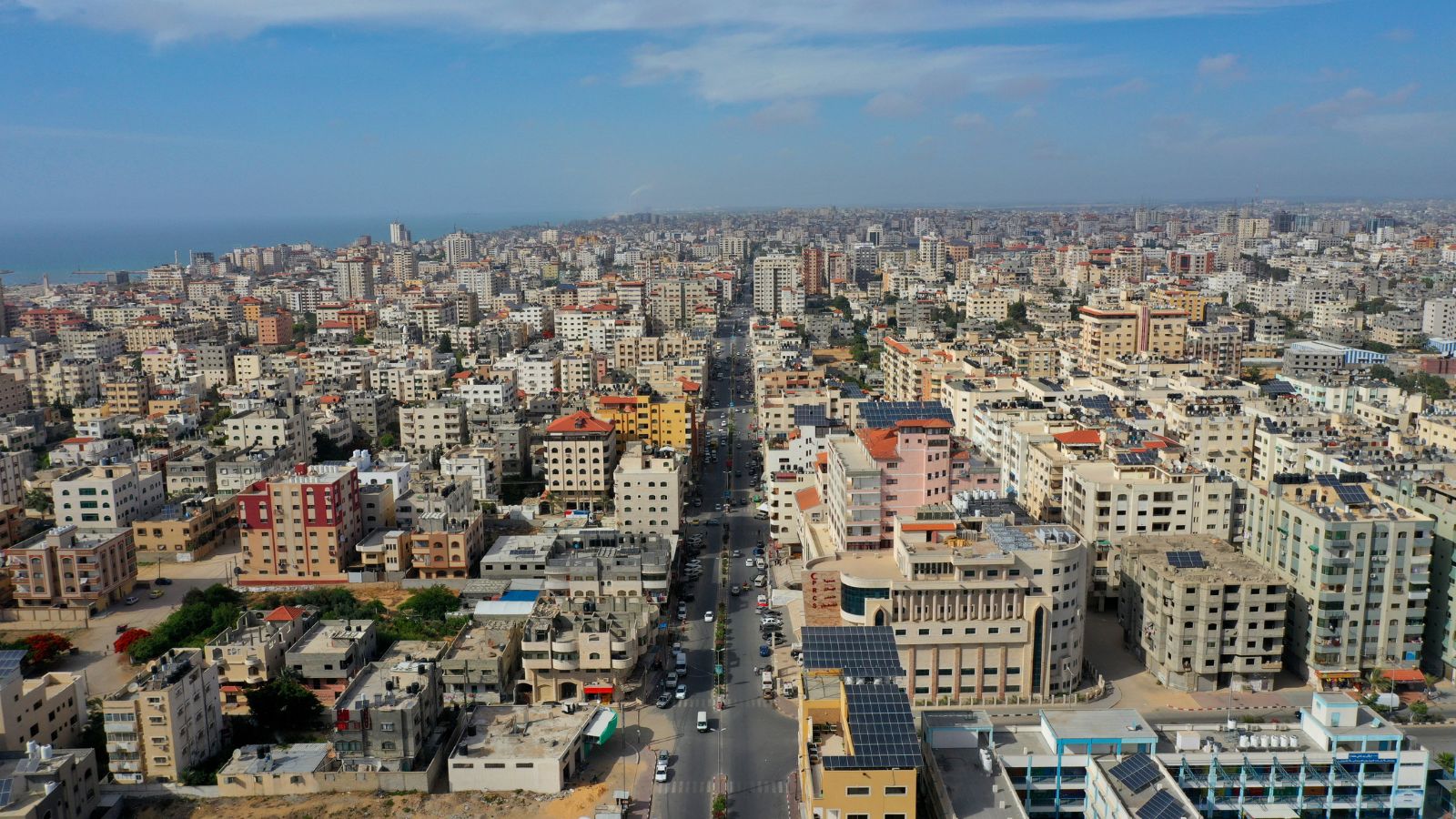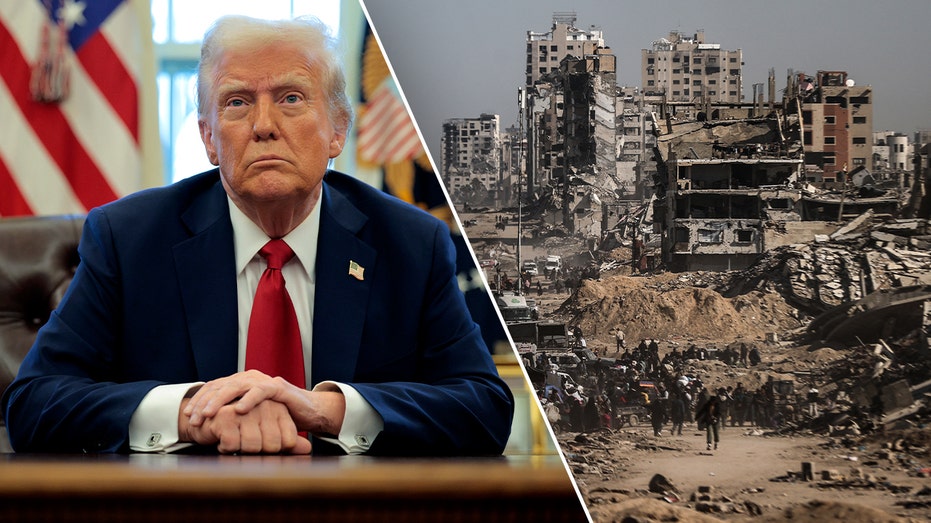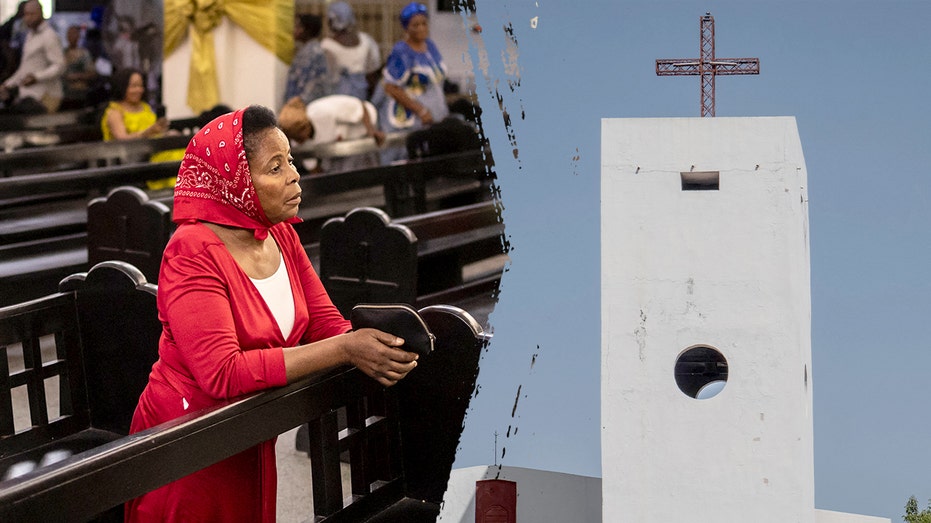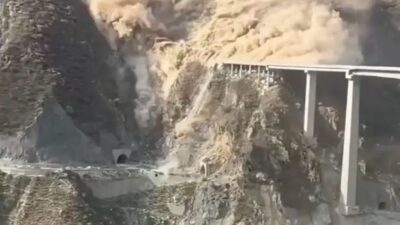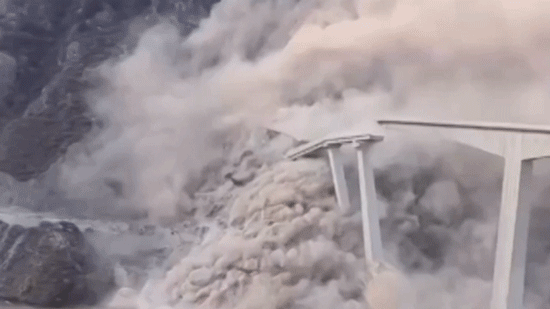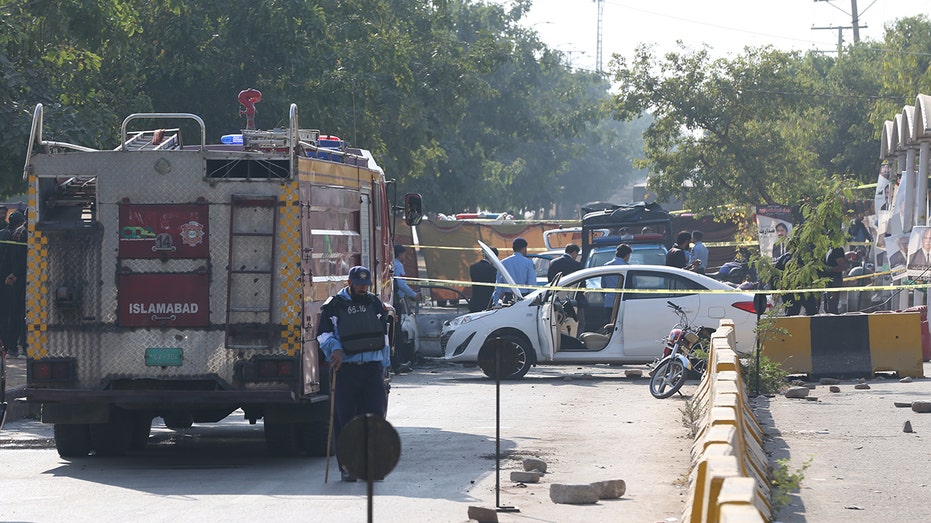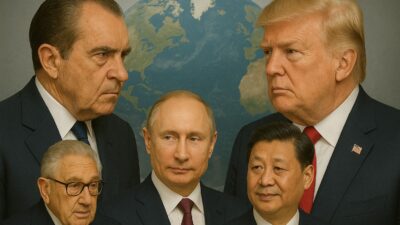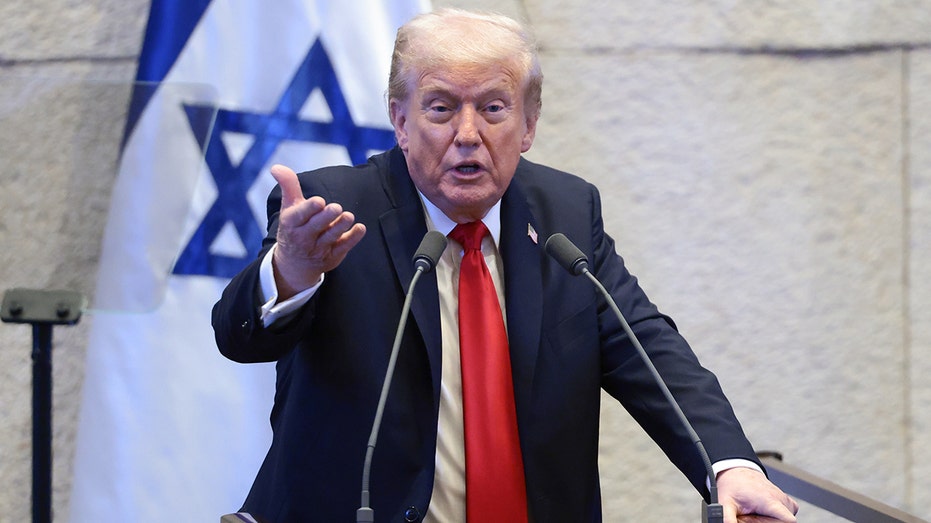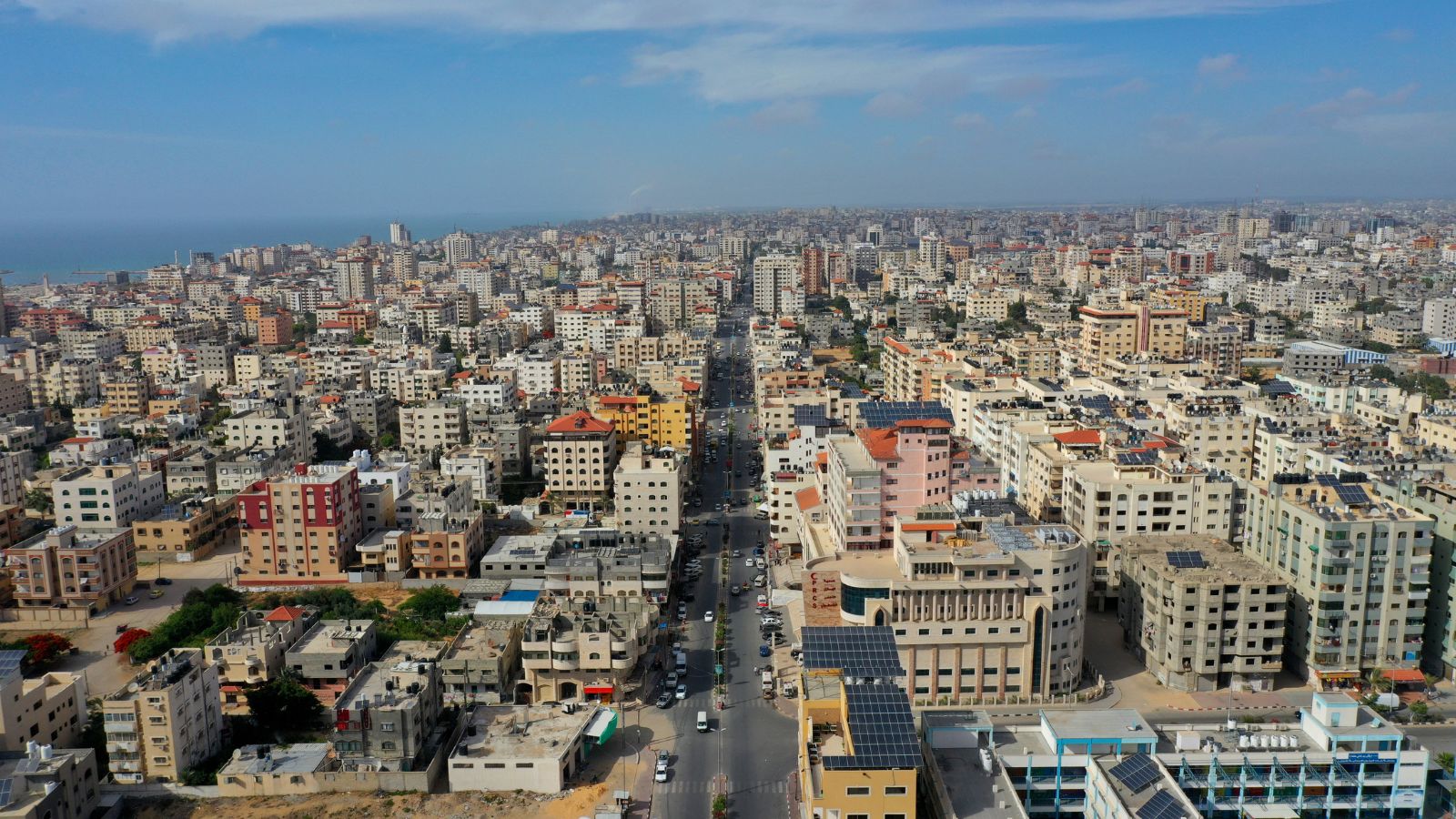
Reconstruction Proposal for Gaza: Egypt’s Initiative Amidst Trump’s Plan
In the wake of escalating tensions and humanitarian crises in the Gaza Strip, Egypt has introduced preliminary details concerning a significant reconstruction proposal. This initiative aims to revitalize the war-torn region within a span of three to five years, although it notably lacks mention of any collaboration with former President Donald Trump’s administration or Israel.
Context of the Reconstruction Plan
According to a report from i24 News, Egyptian sources shared insights with Qatari Al Araby TV, revealing that this new initiative is, in part, a response to a controversial suggestion made by Trump last week. The former president proposed that the U.S. should “take over” Gaza, advocating for the forced removal of all Palestinians residing there. Trump’s vision has drawn sharp criticism from various regional leaders and groups who argue that it ignores the complexities of the Israeli-Palestinian conflict.
The Egyptian reconstruction plan, as described, is anticipated to involve collaboration among multiple Arab nations, alongside the European Union and the United Nations. However, the implementation of such a plan raises questions, particularly surrounding the feasibility of international cooperation given the sensitive nature of the geopolitical environment in the region.
International Response and Key Details
In response to Egypt’s initiative, sources within the European Union have confirmed awareness of an upcoming plan set to be presented at an Arab summit later this month. However, these sources also indicated that they remain uninformed about any formal involvement from the EU or the U.N. in the proposed reconstruction efforts.
The Egyptian proposal appears to be structured in two distinct phases: the first focuses on the removal of debris resulting from extensive conflicts, and the second mobilizes efforts towards the construction of residential buildings. This two-pronged approach underscores a comprehensive strategy aimed at both immediate relief and long-term development.
The emergence of this report came just a day after Egypt’s foreign ministry expressed an openness to cooperation with Trump and the U.S. Nonetheless, it simultaneously denounced Trump’s assertion to take control of Gaza. Egyptian officials reiterated their belief that any path toward lasting peace in the region must confront the root causes of the conflict. They emphasize the necessity of ending what they term “Israel’s occupation” and advocate for the implementation of a two-state solution.
Trump’s Stance and Regional Pushback
Trump’s approach has been met with significant resistance. In an Oval Office discussion with Jordan’s King Abdullah, the former president reaffirmed his bold intent to take control of Gaza, stating, “We’re going to take it. We’re going to hold it. We’re going to cherish it.”
Both Jordan and Egypt have publicly rejected Trump’s proposal, suggesting a unified stance against external attempts to reshape the governance and demography of Gaza. Richard Goldberg, a senior advisor at the Foundation for Defense of Democracies and former National Security Council official, commented on the regional leaders’ reactions, indicating that Trump’s remarks may have energized some action among them.
In a notable response, King Abdullah announced that Jordan would accept up to 2,000 children from Gaza suffering from cancer or other severe medical conditions. Interestingly, this marks a shift, as neither Jordan nor Egypt had previously agreed to take in Gazans following the recent war ignited by Hamas’ attacks on Israel on October 7, 2023.
Goldberg posited that these actions demonstrate a concerted effort by regional governments to promptly counter Trump’s assertive claims, stating, “These governments are undoubtedly scrambling to respond to a president who has presented a clear vision and the determination to implement it.”
Future of Gaza: Differing Visions
Trump’s vision for the Gaza Strip is ambitious, as he has frequently articulated the potential for the region to transform into the “Riviera of the Middle East.” In his latest remarks, he referred to Gaza as a potential “diamond.” Despite the exuberance surrounding Trump’s rhetoric, King Abdullah maintained a more cautious tone when asked about the implications of a potential U.S. takeover.
When questioned about how to make such endeavors work beneficially for all parties involved, Abdullah stated, “I think the key issue is how to make this work in a way that benefits everyone,” emphasizing the need to consider the interests of the U.S., regional inhabitants, and, perhaps most importantly, the people of Jordan.
Furthermore, Abdullah underscored the importance of engaging in discussions with key partners, including Saudi Arabia and Egypt, to present a unified front to the U.S. on the matter.
Later that same day, Abdullah expressed his gratitude for a “warm welcome” and a “constructive meeting” with Trump through social media. Yet, importantly, he reaffirmed Jordan’s opposition to the displacement of Palestinians from Gaza and the West Bank. His declaration resonates deeply within the ongoing discourse among Arab nations, as he reiterated that “the only path to lasting stability in the region is through the implementation of a two-state solution.”
Conclusion
As the international community grapples with the implications of Trump’s bold proposals and Egypt’s counter-initiatives, the future of Gaza remains uncertain. The divergence in approaches highlights a complex web of geopolitical interests and humanitarian considerations, with key regional players seeking to assert their influence in shaping the post-conflict landscape. Moving forward, the successful reconstruction of Gaza will inevitably depend on genuine collaborative efforts and a commitment to address the underlying issues fueling the ongoing conflict. The road ahead is fraught with challenges, but the hope for a peaceful resolution and a sustainable future for the people of Gaza endures.
